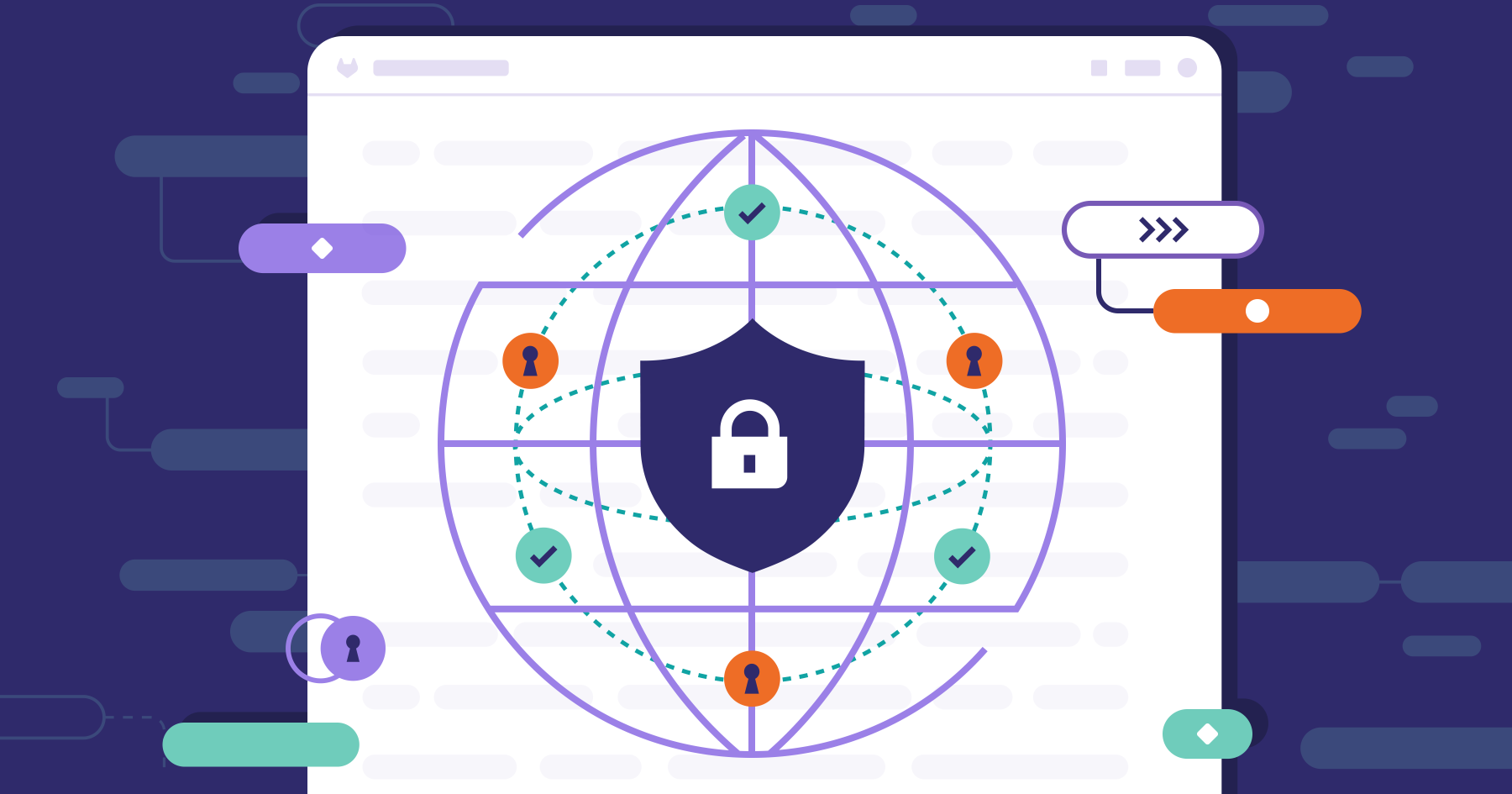Cyber attacks and cybersecurity threats continue to be one of the highest priorities for organizations. As such, the developer's role continues to evolve. Over half of respondents surveyed in GitLab’s 2024 Global DevSecOps Survey said they are responsible for application security as part of a larger team - signaling that security practices are continuing to shift left.
Shifting left - designing software with security best practices built in to detect and fix vulnerabilities earlier in the software development lifecycle (SDLC) - enables teams to run more efficiently and release software faster.
While 67% of the security professionals GitLab surveyed said they have either shifted left or plan to in the next three years, you may be unsure how to get started.
Here are 10 tips to help your teams shift left for more efficient DevSecOps:
1. Measure time
How much time is lost remediating vulnerabilities after code is merged? Measure this, then look for a pattern in the type or source of those vulnerabilities, and make the necessary adjustments for improvement.
2. Identify bottlenecks
Where are the pain points and bottlenecks between security protocols and processes? Identify these, and then create and execute a resolution plan.
3. Start small
Make small code changes - they are easier to review, secure, and launch more quickly than large project changes.
4. Eliminate waterfall
Are people still holding on to waterfall-style security processes within the SDLC? Eliminating or reducing waterfall will help your organization prevent the struggle to change direction as needs arise.
5. Automate scans
Are manual processes slowing down and hampering the process of discovering vulnerabilities? Automate findings into a merge request for easier review, finding sources, and accessibility for developers to address.
6. Update workflows
Are security scans included in your developers’ workflow? Building and integrating security into developer workflows enable them to find and fix vulnerabilities before the code ever leaves their hands.
7. Demonstrate compliance
Is unplanned and unscheduled work delaying releases? Automating and implementing compliance frameworks help with consistency across development environments, teams, and applications.
8. Empower devs with security reports
Do your developers have access to SAST and DAST reports? These valuable tools help dev teams build secure coding practices, fixing vulnerabilities as part of their workflow.
9. Let teams work smarter
Empower the security team to work smarter with security dashboards into both resolved and unresolved vulnerabilities, where the vulnerabilities reside, who created them, and their status for remediation.
10. Ditch the toolchain
Streamline and reduce your toolchain so that employees can focus their attention on a single interface - a single source of truth.
Shift left with GitLab
GitLab helps you initiate a proactive security strategy to discover vulnerabilities earlier in the SDLC. Security and compliance are embedded within the GitLab DevSecOps platform, with an end-to-end work-flow that enables you to understand and manage risk. Automatically scan for vulnerabilities on a feature branch so you can remediate vulnerabilities before pushing to production.
GitLab has a history of supporting the DevSecOps initiatives of U.S. federal, state, and local government agencies, vendors, and educational institutions with one end-to-end software development platform that meets strenuous security and compliance requirements. Learn more about how GitLab can help you shift left and secure your speed to mission.
Next steps
Application security in the digital age
Read our survey findings from more than 5,000 DevSecOps professionals worldwide for insights on how organizations are grappling with increasing attack surfaces and changing attitudes towards security and AI.
Read the reportRead our survey findings from more than 5,000 DevSecOps professionals worldwide for insights on how organizations are grappling with increasing attack surfaces and changing attitudes towards security and AI.
Key takeaways
- Shifting left enhances software security by detecting vulnerabilities early in the SDLC.
- GitLab integrates security into DevSecOps for proactive risk management.
- Streamline processes with GitLab to improve speed and compliance in development.

